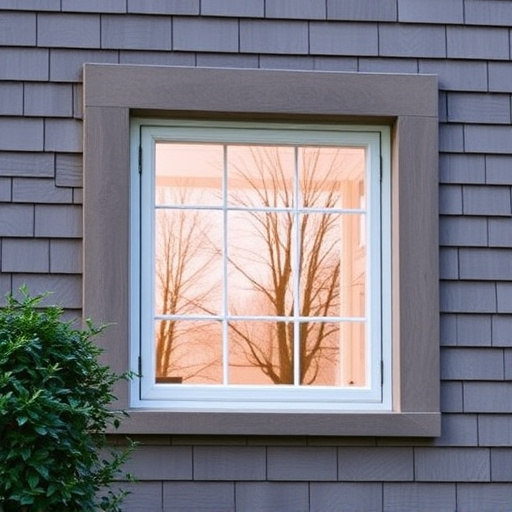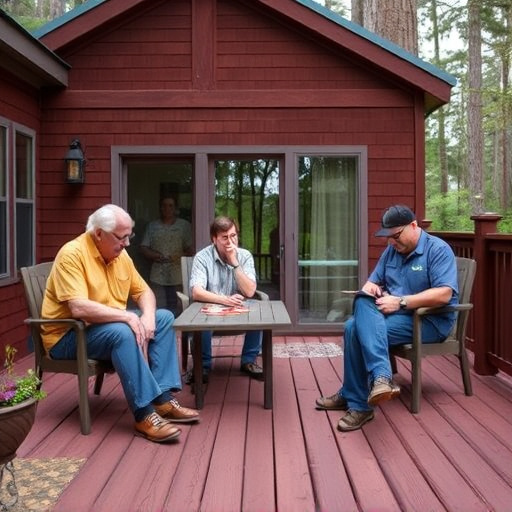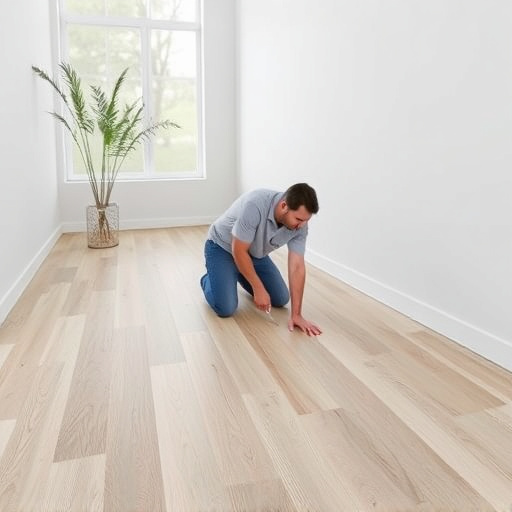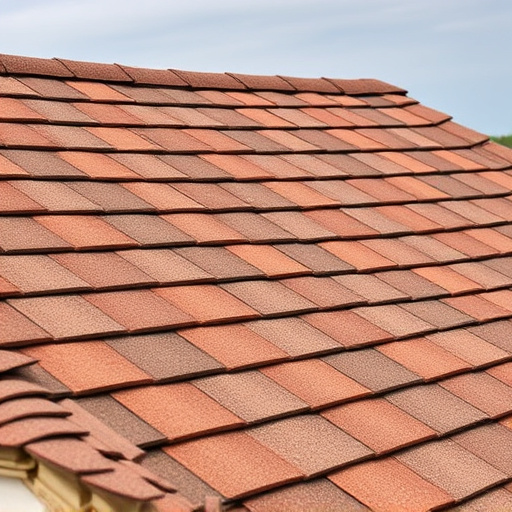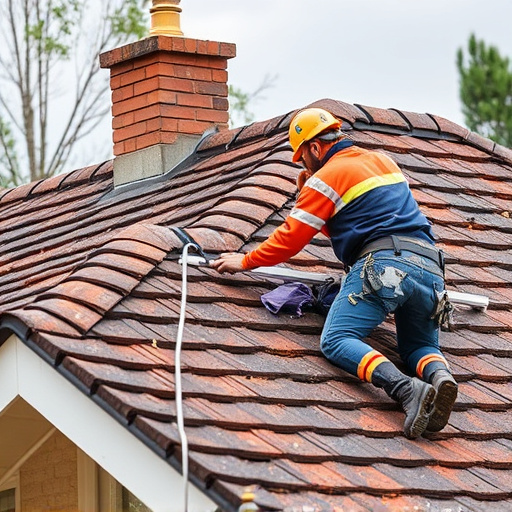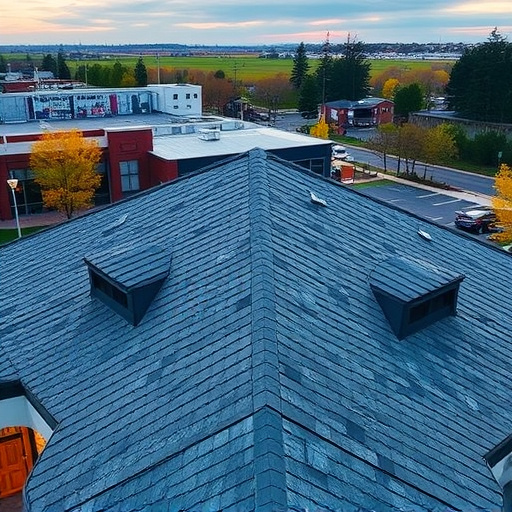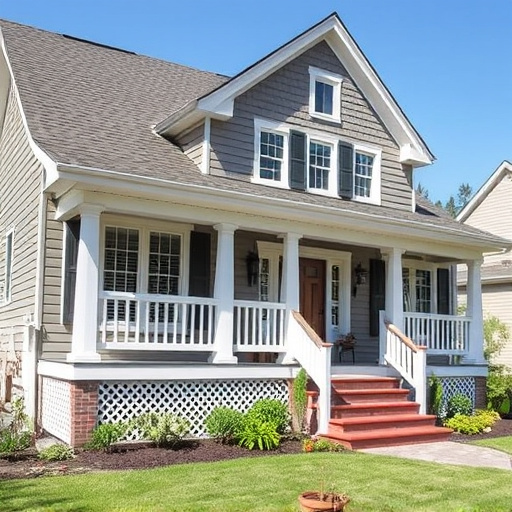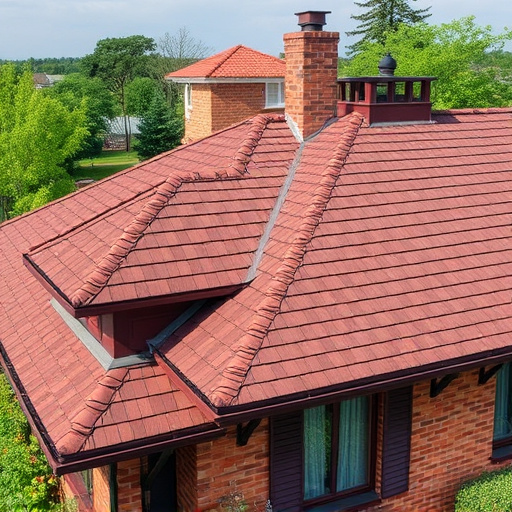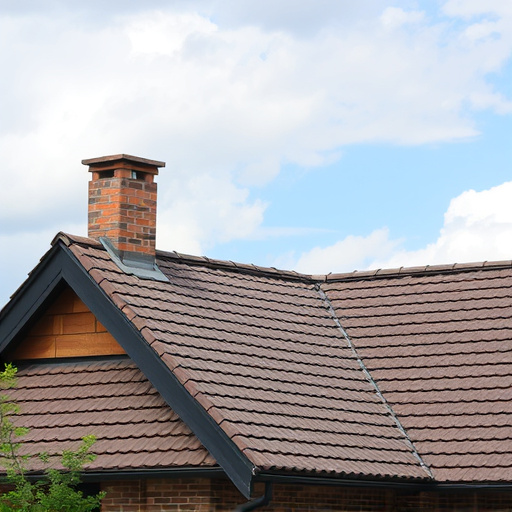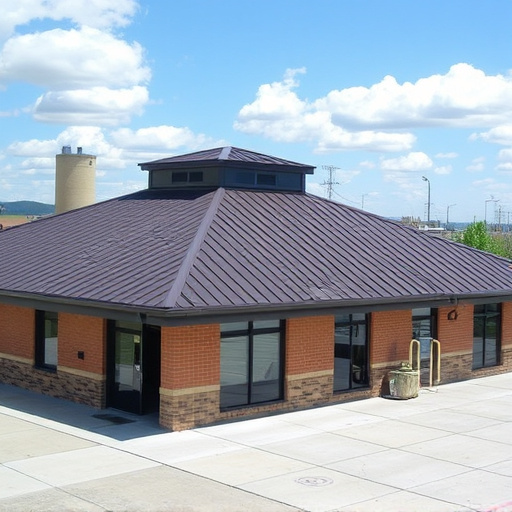Selecting exterior siding materials requires balancing durability and aesthetics. Options like vinyl, fiber cement, brick, each offer unique traits. Visual inspections and functional tests are crucial for evaluation. Consider cost, longevity, energy efficiency, and installation ease for informed decisions. Expert advice ensures chosen materials enhance curb appeal and provide long-term protection against environmental factors.
Looking to revamp your home’s exterior? Sampling and comparing siding materials is a crucial first step. This guide breaks down the process, equipping you with the knowledge to make an informed decision. From understanding diverse siding options like vinyl, wood, fiber cement, and more to exploring sampling and testing methods, we’ll navigate you through each phase. We’ll also delve into a comparative analysis of durability and aesthetics, ensuring you choose a siding material that’s both long-lasting and visually appealing.
- Understanding Different Siding Materials
- Sampling and Testing Methods
- Comparative Analysis of Durability & Aesthetics
Understanding Different Siding Materials
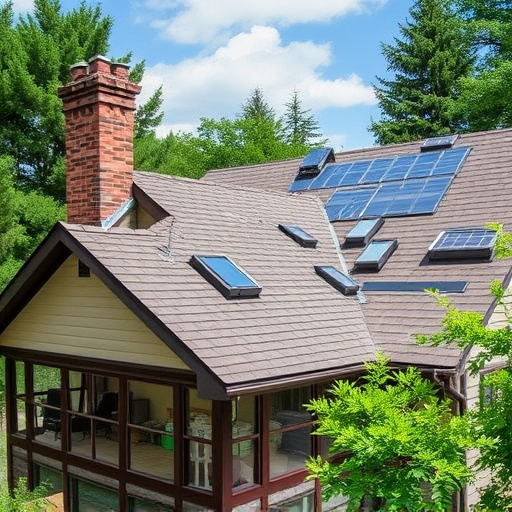
Exterior siding is a vital component of any building’s facade, offering both aesthetic appeal and functional protection. When it comes to choosing the right siding for your property, whether it’s a residential or commercial space, understanding the diverse range of materials available is essential. Each type of siding material has unique characteristics, benefits, and drawbacks, making some more suitable for specific climates, budgets, and architectural styles than others.
From traditional wood siding known for its natural beauty but requiring careful maintenance, to versatile vinyl that’s low-maintenance and budget-friendly, there’s a vast array of options to consider. Fiber cement siding is another popular choice, renowned for its durability and resistance to rot and fire. Meanwhile, metal siding offers a sleek, modern look with excellent corrosion resistance, making it ideal for commercial roofing projects. When comparing siding materials, factors like cost, lifespan, energy efficiency, and ease of installation should be top of mind for homeowners or commercial property managers alike.
Sampling and Testing Methods
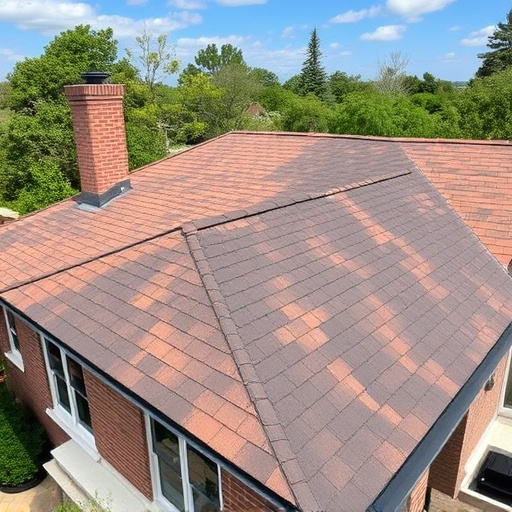
When sampling and comparing siding materials for exterior home improvements, it’s crucial to employ a variety of testing methods to ensure durability and aesthetic appeal. Start by collecting samples from different manufacturers and types, such as vinyl, fiber cement, or wood. Conduct visual inspections to assess color consistency, texture, and overall quality.
Next, perform functional tests like impact resistance simulations, weather exposure trials, and moisture absorption checks. These methods mimic real-world conditions, helping you gauge how each siding material performs over time. Additionally, consider consulting home service solutions for professional advice based on their experience with various siding replacement options. This multi-faceted approach ensures that your chosen siding materials not only enhance the curb appeal of your property but also withstand the test of time and environmental factors.
Comparative Analysis of Durability & Aesthetics
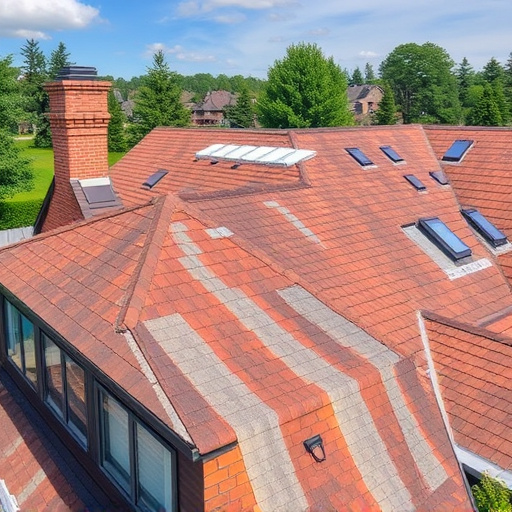
When comparing exterior siding materials, a key factor to consider is their durability alongside aesthetic appeal. Each type of siding offers a unique blend of these attributes, catering to diverse needs and preferences. For instance, vinyl siding stands out for its exceptional durability, withstanding harsh weather conditions and requiring minimal maintenance. This makes it an attractive option not just for homeowners seeking low-maintenance solutions but also for those in regions prone to extreme climates.
On the other hand, fiber cement siding combines remarkable durability with a wide range of styles and colors, allowing homeowners to achieve both longevity and visual appeal. Brick is another premium choice, renowned for its timeless elegance and robust construction. While it might be more expensive than other options, brick siding offers superior durability and can significantly enhance the curb appeal and value of a residential property. When evaluating these siding materials, roofing services professionals often recommend assessing their resistance to fading, cracking, and moisture damage, as well as considering how they contribute to the overall aesthetic of a home, thereby guiding homeowners in making informed decisions for their roofing and siding needs.
When comparing exterior siding materials, understanding the unique properties of each option is key. By sampling and testing various materials, you can assess their durability, aesthetics, and overall performance. This strategic approach ensures that your choice aligns with your home’s needs, providing a long-lasting and visually appealing exterior for years to come. With the right knowledge and analysis, selecting the perfect siding becomes an informed decision, enhancing your home’s value and beauty.



